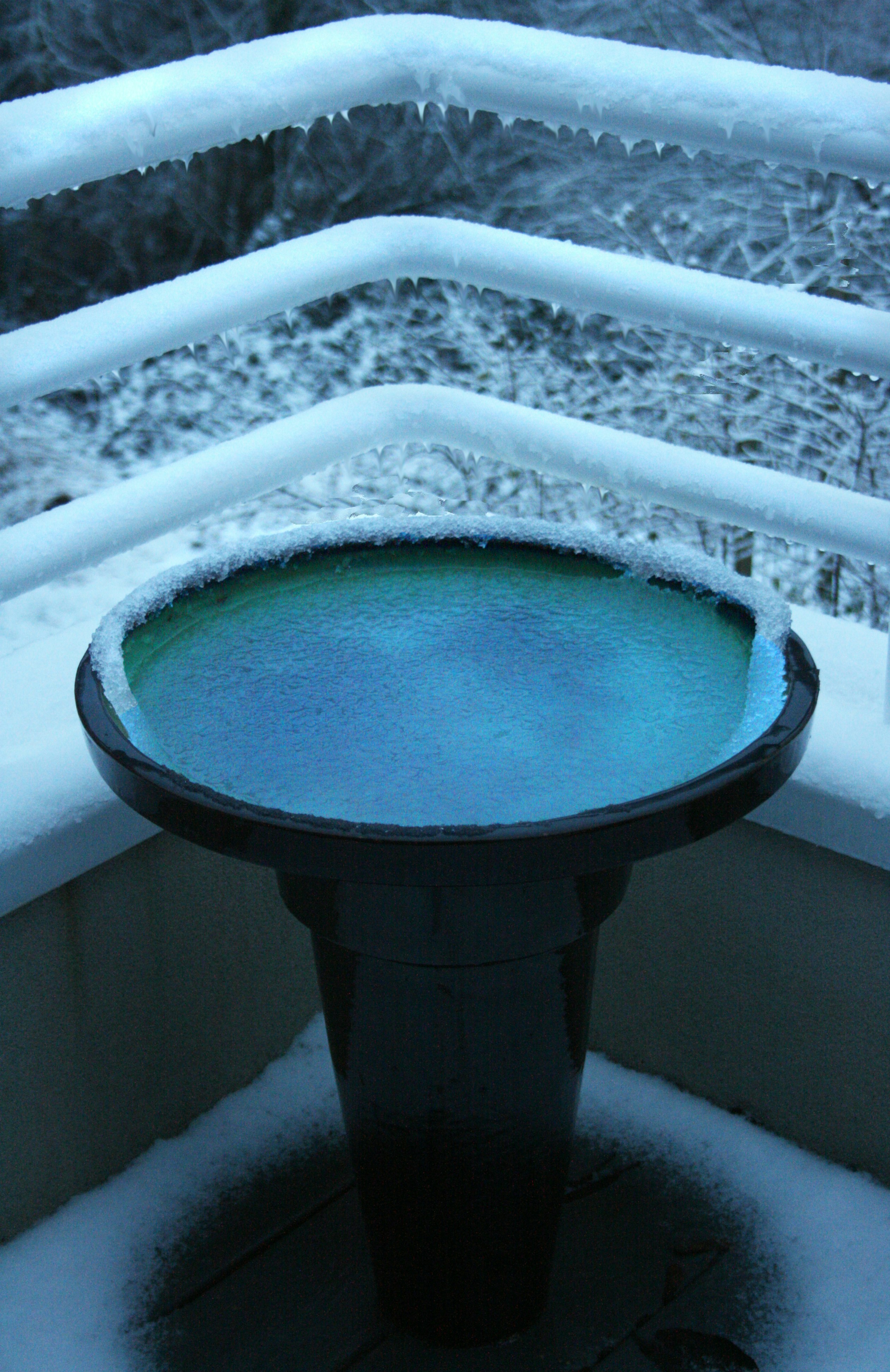Prepare for the First Freeze of the Season: What You Need to Know

Photo by Gwendal Bar on Unsplash
Understanding the Freeze Warning
A freeze warning is a significant weather alert issued by meteorological authorities to inform the public about the potential for temperatures to drop below freezing. This warning signifies that the anticipated lows will fall to 32 degrees Fahrenheit (0 degrees Celsius) or lower, which can lead to frost formation. In the context of North Texas, the timing and specifics of such warnings are essential for residents to prepare adequately for possible impacts on their homes, gardens, and daily activities.
The National Weather Service (NWS) defines a freeze as when the ambient air temperature reaches or dips below 32°F, impacting the natural environment. In North Texas, freeze warnings typically occur during the late fall and early winter months, particularly from late October through early December. When the NWS issues a freeze warning, it indicates that residents should expect lows to plummet—often in the mid to upper 20s Fahrenheit (around -6 to -2 degrees Celsius). It is crucial for residents to take precautions, as these temperatures can lead to significant damage to sensitive vegetation, plumbing systems, and outdoor structures.
Furthermore, it is important to distinguish freeze warnings from other weather advisories, such as frost advisories or hard freeze warnings. A frost advisory generally entails temperatures falling to around 36°F (2°C), which may not cause damage to all crops but can be harmful to delicate plants. On the other hand, a hard freeze warning signifies even lower temperatures, typically below 28°F (-2°C), which can have more severe consequences for the agricultural sector and outdoor landscaping. Understanding these differences will help residents take appropriate actions during these weather events.
Tips for Protecting Sensitive Plants
As the first freeze of the season approaches, it is crucial for gardeners to take proactive measures to safeguard sensitive plants from potential frost damage. Many plants are particularly vulnerable to cold temperatures, which can lead to wilting or even death. Understanding the specific needs of these plants can help mitigate the risks associated with freezing conditions.
One effective method of protection is to cover sensitive vegetation with frost cloths or blankets. This creates a barrier between the cold air and the plants, thereby retaining some warmth. It is essential to ensure that the coverings reach the ground to trap heat effectively. Additionally, removing the coverings during sunny days is advisable to prevent overheating, as warmer temperatures can occur even in winter months.
For potted plants, relocating them indoors can offer protection from extreme cold. Before bringing them inside, check for pests and diseases. A sheltered area such as a garage or basement can prevent freezing while maintaining adequate light levels. Alternatively, placing pots against walls that absorb heat during the day can also provide some respite from frost.
Using mulch is another beneficial practice for protecting garden beds. A layer of organic mulch, such as straw or shredded bark, can insulate the soil and help moderate temperature fluctuations. This added layer not only safeguards the roots but also conserves moisture, which is particularly beneficial during the dry winter months.
Certain plants, including tender annuals and tropical perennials, are more susceptible to frost damage. Examples include begonias, impatiens, and some varieties of fuchsias. Prioritizing protection for such plants is essential, as they may require more intensive care compared to hardier species. Implementing these protective strategies can significantly enhance the survival rates of sensitive vegetation during impending cold spells, ensuring that your garden flourishes even in colder conditions.
Weather Forecast Overview
As we approach the first freeze of the season, it is imperative to stay informed about the upcoming weather conditions. This week’s forecast suggests a notable drop in temperatures, which could lead to the formation of frost in the early morning hours. Starting with elevated highs during the initial days of the week, temperatures are expected to gradually decline as we head towards the weekend. By Friday night and into Saturday morning, projections indicate temperatures dipping below freezing, raising concerns over potential impacts on agriculture and the local ecosystem.
Adding to the complexity of this weather pattern, the rain-free conditions on Sunday are noteworthy. The absence of significant precipitation will allow the ground and surrounding air to cool more efficiently, facilitating the likelihood of frost formation as temperatures plummet. The combination of clear skies and decreasing temperatures sets the stage for an optimal freeze, reinforcing the community’s need for preparedness. Following this dry spell, forecasters are also indicating a potential system moving in mid-next week that may introduce moisture, which could complicate the freeze situation.
Moreover, understanding these patterns is crucial for both residents and local farmers. A rapid change in temperature can swiftly alter soil conditions, affecting planting schedules and crop viability. It is wise for the community to monitor these developments closely and take necessary precautions to protect gardens and outdoor plants from the impending freeze. Through awareness and preparation, the first freeze of the season can be navigated with minimal disruption. Keeping an eye on local forecasts can provide valuable insights into how these shifting patterns may affect daily life over the coming days.
Community Preparedness and Resources
As the first freeze of the season approaches, community preparedness becomes essential for safeguarding both gardens and homes. Residents can tap into several local resources aimed at helping them navigate the challenges associated with colder temperatures. One important resource is local gardening centers, which provide frost protection materials such as row covers, mulch, and cloches. By visiting these centers, individuals can not only purchase necessary supplies but also receive expert advice on the best practices for frost protection tailored to their specific plant types.
In addition to gardening centers, many communities offer workshops focused on winter gardening practices. These educational sessions can illuminate vital techniques for preparing plants for the impending cold, covering topics such as proper pruning, soil enhancement, and plant selection that withstands lower temperatures. Engaging in these workshops can be beneficial, not only for gaining hands-on knowledge but also for fostering connections with fellow gardening enthusiasts who share a common goal of protecting their outdoor spaces.
It is also critical to be aware of the emergency services available to residents during particularly harsh winter conditions. Local governments and municipal organizations often implement resources, including community heating centers and emergency hotlines, to assist those in need. Being informed about these services can provide peace of mind and ensure that residents have access to the help they need should temperatures drop unexpectedly.
Ultimately, community engagement can strengthen resilience against the challenges of the first freeze. Residents are encouraged to share their own tips and experiences with neighbors, forming a supportive network that enhances collective preparedness. By collaborating, communities can reduce the impact of colder weather on gardens and homes while fostering a spirit of camaraderie as they face the season together.



